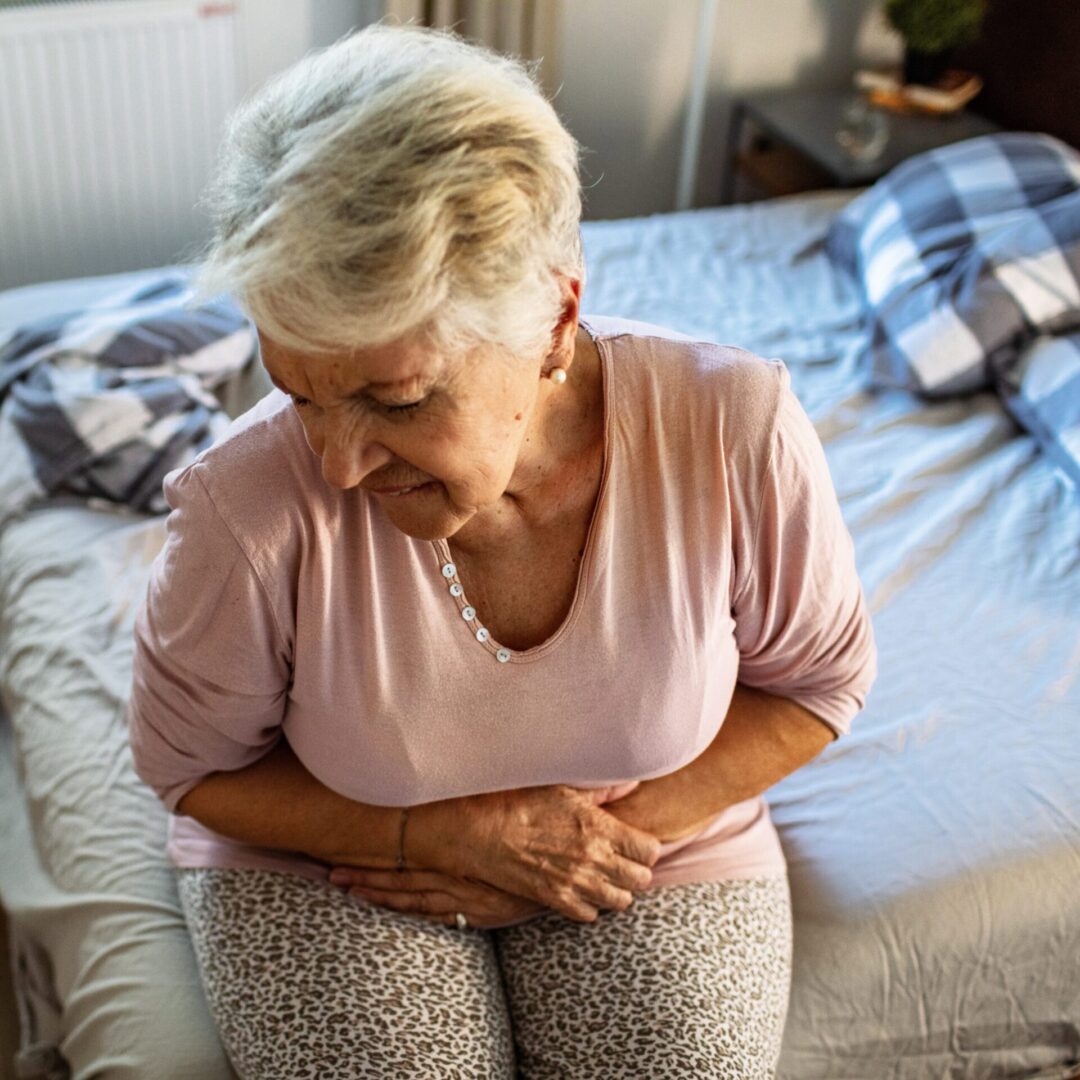
“Doc, Please Help Get Rid of My Warts!!!”...
We are excited to see so many of you join our fall FMEP courses. Several...
Comments Off on “Doc, Please Help Get Rid of My Warts!!!” What You Need to Know About Warts for Your CCFP Exam
We are excited to see so many of you join our FMEP courses. Several of you have requested we continue to post more practice SAMPs, so here you go!
Just a reminder… pay attention to the questions. Here are our general tips one more time:
1. Pay attention to the questions. Look carefully at how many items you are being asked to list. If the question asks for five items, you will not get more marks if you list eight items; the examiner will look at the first five and allocate marks only for the first five answers so be careful. On a SAMP, if it is not clearly stated how many items you should list, look at the amount of points/marks being allocated for the question to get an idea of how many answers the examiner may be anticipating you write down.
2. Do not write lengthy answers. Most questions can be answered in 10 words or less!
3. Be specific when writing down investigations (hemoglobin instead of CBC; CT abdomen instead of CT).
4. Remember that trade names and generic names are both acceptable when writing down medications.
5. For more helpful tips, you can refer to CCFP’s SAMP instructions by clicking here.
SAMP
A 68-year-old postmenopausal woman presents with urinary frequency and mild dysuria but no fever, urgency, or suprapubic pain. Her urine culture is negative. She has had two similar episodes over the past year. You are considering diagnosis and management options. (5 points)
1. Which of the following best explains the increased risk of UTIs in postmenopausal women? (1 point)
2. Which of the following most likely explains her current symptoms with a negative urine culture? (1 point)
3. Which of the following would be an appropriate first-line treatment for an uncomplicated UTI in a postmenopausal woman? (1 point)
4. Which of the following is true regarding asymptomatic bacteriuria in postmenopausal women? (1 point)
5. Which preventive strategy is supported by evidence for recurrent UTIs in postmenopausal women? (1 point)
Reference:
CMAJ 2025 February 3;197:E96. doi: 10.1503/cmaj.241258. https://www.cmaj.ca/content/cmaj/197/4/E96.full.pdf